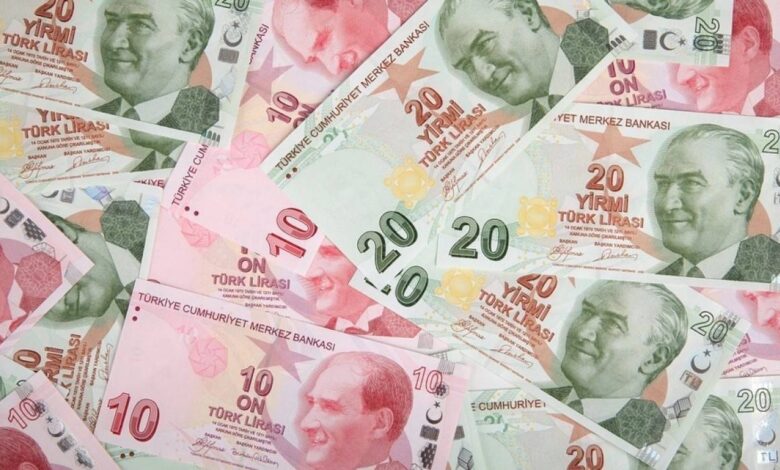
The Turkish TL has updated a record low on rumors that Erdogan is dissatisfied with the 4th head of the Central Bank in the last 2.5 years.
Central banks usually raise rates to curb inflation, but Erdogan believes they should do the opposite. As a result, the Turkish lira hit a new all-time low of 8.97 per US currency on Friday, October 8, amid concerns over monetary confidence and the dollar appreciating against most emerging market currencies ahead of the US employment report for September.
Turkish President Tayyip Erdogan is losing confidence in central bank governor Shahap Kavcioglu, whom he appointed seven months ago, Reuters reported, citing confidential sources. Reportedly, Erdogan is unhappy that the Central Bank delayed the key rate cut until September.
To 18%, although the consensus experts surveyed by Bloomberg assumed that the rate would not change since consumer inflation in August amounted to 19.25%. However, the decision cannot be called unexpected.
The Turkish president has long to exert intense pressure on the central bank and his unorthodox view of monetary policy. Usually, to fight inflation, the regulator raises the rate, but Recep Tayyip Erdogan believes that, on the contrary, the higher the speed, the higher the inflation. Chairman of the Central Bank of Turkey Shahap Kavcioglu previously promised to keep accurate interest rates above inflation. Still, it was not easy to fulfill the promise against the background of accelerating price growth. So, in the first half of September, Kavcioglu shifted focus to the role of “base prices” in monetary policy. Core inflation excludes prices for volatile components such as food and energy.
Suppose we target core inflation rather than general inflation. In that case, the Central Bank has more opportunities not to raise the rate or even justify the possibility of lowering it, which is what happened, Shulgin said.
Over the past 2.5 years, Erdogan has unexpectedly dismissed the central bank’s governors three times, which has led to market turmoil, depreciation of the lira, and a loss of investor confidence in the predictability of the regulator’s monetary policy.